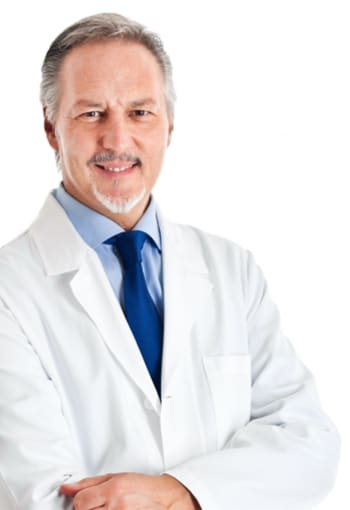Facial Injury / Trauma Surgery
If you or a loved one suffer a facial or mouth injury requiring a trip to the emergency room, you should consult with an oral and maxillofacial surgeon. With their background and training, OMSs are the specialists uniquely qualified to deal with these types of injuries.
Oral and maxillofacial surgeons are experts in treating and repairing facial trauma, including fractures involving the teeth and jaws, fractures of other facial bones and soft tissue injuries to the face and mouth. Their knowledge regarding proper jaw position and bite (dental occlusion) is critical when repairing complex facial fractures. In fact, the American College of Surgeons states that a multi-disciplinary approach – in which the surgical team is composed of specialists in oral and maxillofacial surgery, otorhinolaryngology, plastic surgery and ophthalmology – is beneficial for the treatment of complex craniofacial injuries. Moreover, many of the techniques utilized today to repair facial injuries were developed by OMSs who served in combat hospitals during wartime.

OMS Voices Preview: Preventing Facial Trauma Injuries with Face and Mouth Guards
(Oral and) Maxillofacial Surgery
One of the most common types of serious injury to the face occurs when bones are broken. Fractures can involve the lower jaw (mandible), upper jaw (maxilla), palate, cheekbones (zygomas), eye sockets (orbits) and/or a combination of these bones. In many cases, lacerations and other soft-tissue injuries accompany fractures of the facial bones. Additionally, teeth can be injured and can compromise the way the teeth come together, known as the occlusion. Injuries to the face can affect sight, the ability to breathe, speak, swallow and chew. Treatment often requires hospitalization.
The principles for treating facial fractures are similar to those for a broken arm or leg. The parts of the bone must be lined up (reduction) and held in position (fixation) long enough to permit them time to heal.
When maxillofacial fractures are complex or extensive, incisions to expose the bones and a combination of wiring and/or plate and screw techniques may be utilized. The repositioning technique depends upon the location and severity of the fracture. In the case of a break in the upper or lower jaw, the bone may be repositioned and secured into place with plates and screws. Alternatively, metal braces may be fastened to the upper and lower teeth, and rubber bands or wires are used to hold the jaws together. Patients missing many or all of their teeth may need a stronger, jaw-specific reconstruction plate with screws to align and secure the fractures.
The goal is to restore the patient to normal function as soon as possible, and your OMS will discuss the option that is best for your situation. Often, patients who sustain facial fractures have other medical injuries as well. An OMS is trained to coordinate his or her treatment with that of other involved medical specialists.
Don’t Treat Any Facial Injury Lightly
If a person is unconscious, disoriented, nauseated, dizzy or otherwise incapacitated, call 911 immediately. Do not attempt to move the individual yourself. If these symptoms are not present but the injury is severe or you are uncertain about its severity, take the person to the nearest hospital emergency room as quickly as possible.

